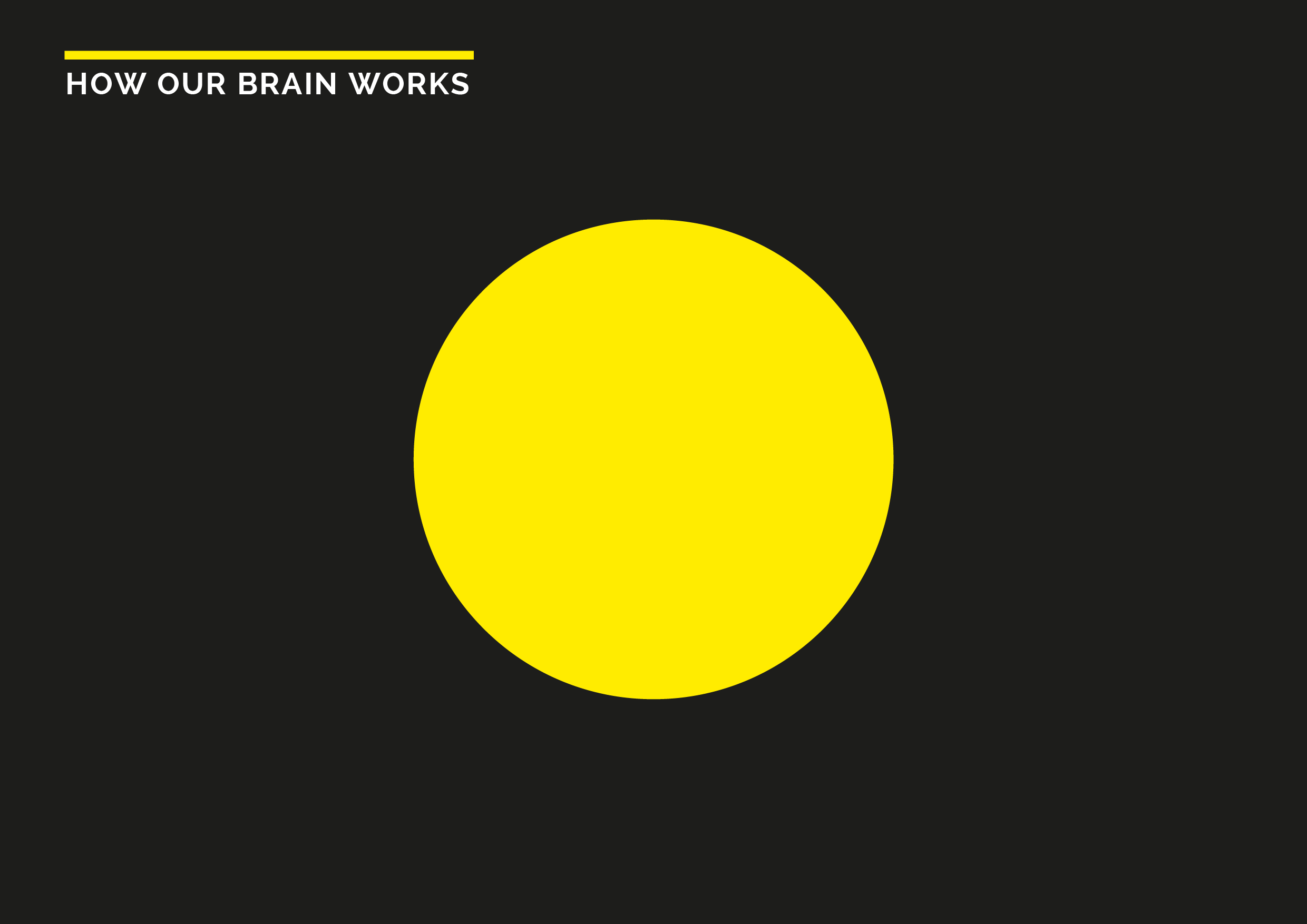Are You Giving the Right Presentation? You Might Need Two Versions…

 … confused yet? These slides don’t make sense on their own, and they shouldn’t. They’re not meant to be read, they are meant to punctuate what I’m saying during a presentation live in the flesh.
… confused yet? These slides don’t make sense on their own, and they shouldn’t. They’re not meant to be read, they are meant to punctuate what I’m saying during a presentation live in the flesh.
But since I’m not talking to you live and you’re reading this on a screen I need to be more precise.
One of the biggest mistakes people make with presentations is not realising that listening to a presentation and reading a presentation are two very different things. Too often people email presentation slides to investors, clients and all sorts of people they want to impress that don’t make sense because they’re designed to be presented live to an audience. The slides are minimal, as they should be for a good live presentation, and don’t tell the reader anything.
The opposite is also true. A lot of live presenters clutter their slides with too much information. The audience spends their time reading the slides and not listening to what the speaker has to say. They might as well not be there. (The slides, not the audience… although they may get bored of reading and leave).
That’s why we need two different types of presentations for the two different scenarios. Here are the basics:
Live Presentations
For live presentations less is definitely more. Slides are there to punctuate what you’re saying, not distract from it. Treat them like a backdrop. The moment they distract you or the audience from what you’re saying, they’re no longer efficient.
They need to add value, without taking anything away from what you’re saying. They should be attention grabbing, but not so distracting that nobody listens to you. In short, they need to partner up with whatever you’re saying.
Email Presentations
Normally you’re emailing a presentation to someone who knows little about your business or what you’re going to say. So they have to be able to understand what you send them. This means slides need to be more thorough. Stick to the one point or theme per slide rule to avoid overcrowding them. Quality over quantity. But… with a bit of quantity as well.
It’s always better to have more slides that are less cluttered than a few slides with too much information on them. Don’t be afraid to send a presentation with 50, 60, 100 slides if it means that your audience will only spend a few seconds on each slide versus a shorter deck where each slide takes at least 2 minutes to digest and make sense of.
We’ve designed presentations for people all over the world, including TED speakers. If you think we could help you give us a shout.
